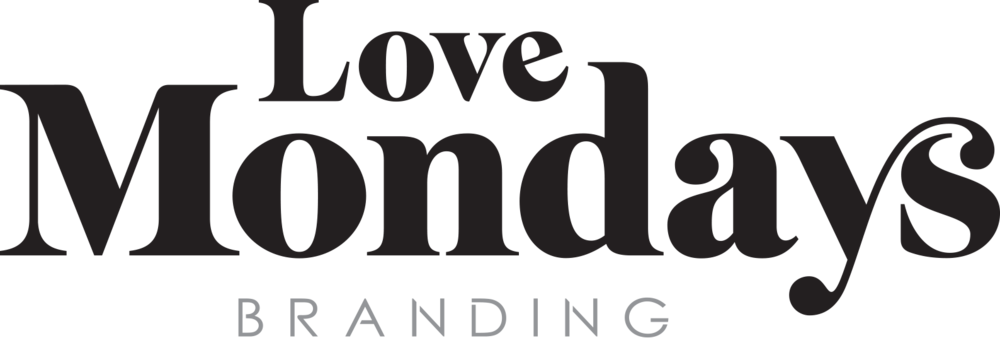What are the five most important points to include in any creative brief, to ensure you get the best creative possible from your chosen branding agency? With over 17 years of experience at some of the top global branding agencies, our Creative Director (Dale Evans) knows a thing or two about what makes a great creative brief. Here he explains his top 5 tips for inspiring his creative team, and ensuring you receive the best quality work that exceeds your expectations:
1. Background
We can never know too much about your brand. An outline of the events that have led to this design brief being developed is crucial. What are the driving forces behind the need for the project? Imagine we know nothing about the history of your brand.
2. Business problem
Most marketing activities are a result of identifying a problem. What specific problem or business opportunity has been identified in this case? For example where is your company/brand now? What is the overview of the current situation? What are the key issues you are facing?
Market - Consumer - Competition - Challenges and Opportunities
3. Marketing Objectives
What quantifiable objectives do you currently have? How will they be measured? In other words, what is the marketing strategy that is set in order to achieve the overall objectives? (Specific, measurable, achievable, realistic, time specific).
- Where does the company/brand want to be?
- Do you want a complete re-design or an adaptation for a different market?
- Is the product mass market or more exclusive?
- List key decision makers for the project, and ensure they are involved from the start.
4. Brand definition
The client should supply all relevant brand immersion data to ensure we fully understand the positioning of the brand, it’s personality and brand essence. If possible include:
- the brand pyramid/wheel or other brand tool
- consumer insight data
- consumer research
- market trend analysis
- new category news
- R&D developments
5. Target audience
Describe the target audience both demographically and in terms of how they relate to the category, your brand and it's competitors.
What do you think a creative agency should provide you with in order to help you with the design briefing process?
Contact our Creative Director (Dale Evans) to see how we can help your brand to stand out and be chosen, in a more more cost effective way: dale@lovemondaysbranding.com




































































